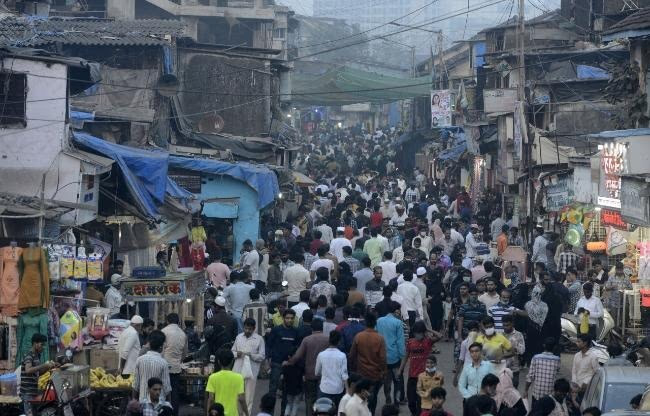This year's Maharashtra assembly elections have spotlighted the Dharavi Redevelopment Project. The Maha Vikas Aghadi alliance pledges to cancel Adani Group's tender if elected.
On Monday, Rahul Gandhi questioned this project during a press conference, expressing concerns about Dharavi's future and impacts on its residents.
He criticized BJP's slogan, 'One is safe.' Displaying a Dharavi map, he claimed billionaires aim to seize Mumbai's land, predicting a billionaire could gain one lakh crore rupees.
1999:
Dharavi redevelopment was first proposed under BJP-Shiv Sena government.
2003-04:
Maharashtra government introduced a redevelopment plan to transform Dharavi from a megaslum to a model community.
The Dharavi Redevelopment Project is estimated at Rs 20,000 crores, anticipated to complete over 17 years. The aim is to provide permanent housing to residents within seven years, developing more than a crore square feet of land.
Under this plan, residents living in Dharavi since January 1, 2000, will get a 350 square feet home in Dharavi, while those who constructed homes between January 1, 2000, and January 1, 2011, will be allotted 300 square feet homes outside Dharavi, under the Pradhan Mantri Awas Yojana, at a cost of Rs 2.5 lakh.
The Heart of Mumbai
Often called the heart of Mumbai, Dharavi holds the title of Asia's largest and the world's third-largest slum.
No exact population data exist, but estimates suggest 6 to 10 lakh residents, 58,000 families, and 12,000 commercial complexes.
Established in 1882 by the British to provide affordable housing, Dharavi has evolved into a densely-packed community where 2 lakh people live per kilometer.

Source: aajtak
The Tenacity of Dharavi
Famed for its resilience, Dharavi is more than a slum—it's a community of determined spirits and tenacious entrepreneurs amid the maze-like alleys. Situated between Mahim and Sion railway stations, millions transit through Dharavi, showcasing the bustling rhythm akin to Mumbai.
It's a hub for artisans and business owners producing leather goods, jewelry, and pottery, contributing to a thriving small-business ecosystem.

Source: aajtak
Slumdog Millionaire's Home
The 2008 film




